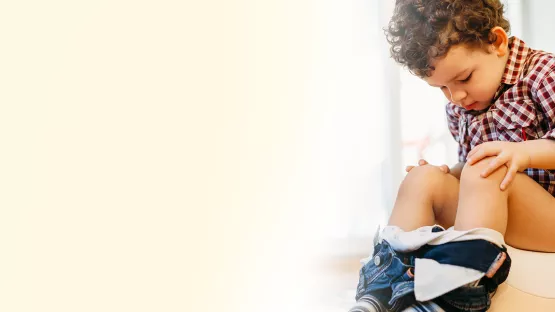
Child Constipation: A Poop Chart with Explanations
Is your child finding it hard or even painful to poop? Doing the number two less often than usual? This might be a sign that junior is suffering from constipation. It’s a condition that’s pretty common among toilet-training toddlers and school-going kids alike. Perhaps the colour and consistency of a child’s poop can tell us what he or she is going through? Here’s a handy chart that illustrates all you need to know about types of poop and constipation.
Signs and symptoms
Pooping patterns and frequencies differ from child to child, so there is no hard and fast rule that can determine if one is constipated. Here are some signs that can help you decide if there is any cause for concern:
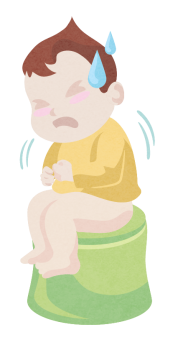
Difficulty in pooping, or pooping irregularly1
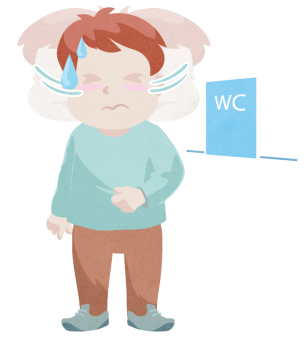
Refusing to go to the toilet2
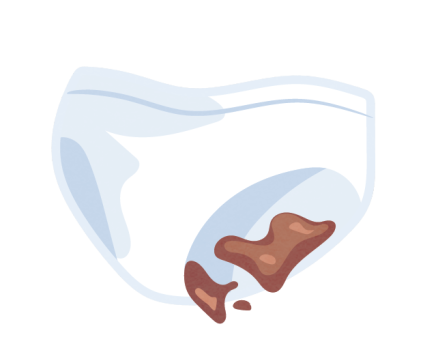
Poop stains on your child’s underwear1

Unable to control bowel movements3
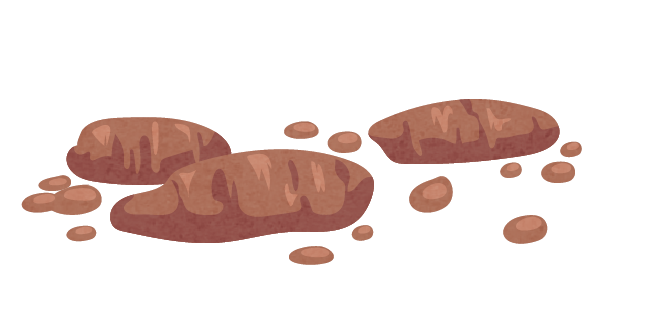
Producing unusually solid or lumpy stools3
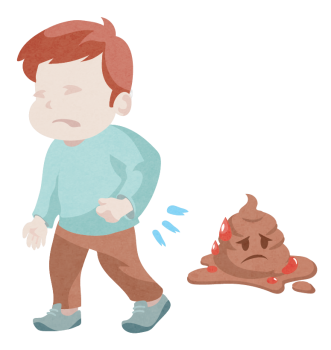
Experiences anal pain and/or has bloody stools1
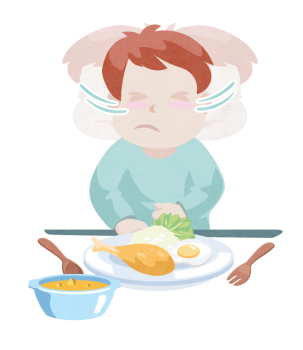
Complains of tummy ache or is unable to eat2
Identifying your child’s poop
Here’s a useful visual guide(5) to gauge if your child is constipated by looking at his or her poop. Normal stools that can be passed out easily look like Types 4 to 6. Types 1 to 3 are hard-to-pass dry lumps that can cause pain.
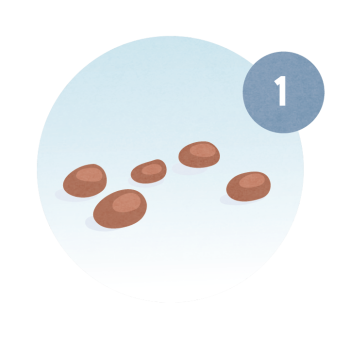
Physical Constipation
Type 1: Hard lumps that look like nuts
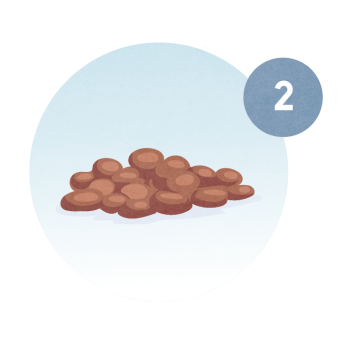
Functional Constipation
Type 2: Sausage-shaped or lumpy stools
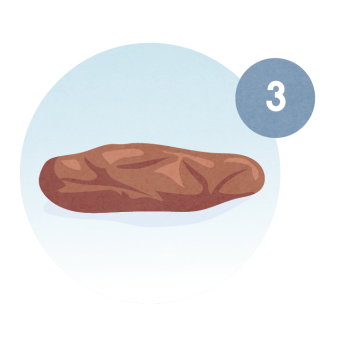
Functional Constipation
Type 3: Looks like a sausage but with many surface cracks
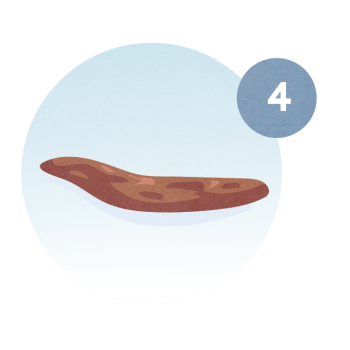
Normal Poop
Type 4: Looks like a sausage or snake, and is soft and smooth
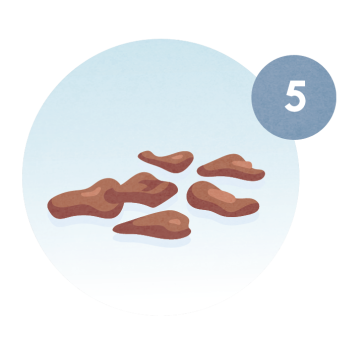
Normal Poop
Type 5: Soft blobs with clear-cut edges
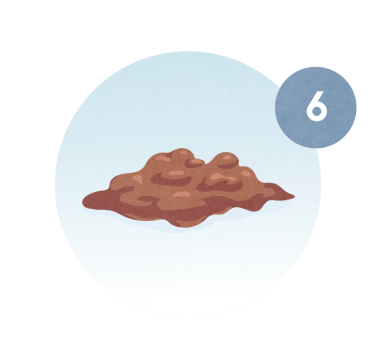
Normal Poop
Type 6: Fluffy pieces with ragged edges or mushy stool
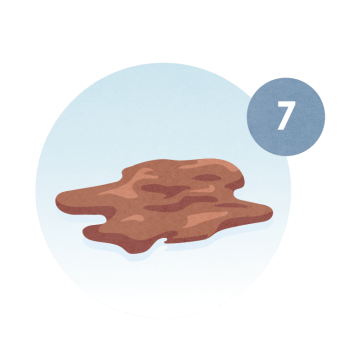
Diarrhoea
Type 7: Watery with no solid pieces, or is entirely liquid
Key cause of constipation: Holding back the poop
Some kids dislike being on the toilet bowl. As such, they hold back their stools and, over time, this can lead to constipation. Here are a few possible causes:
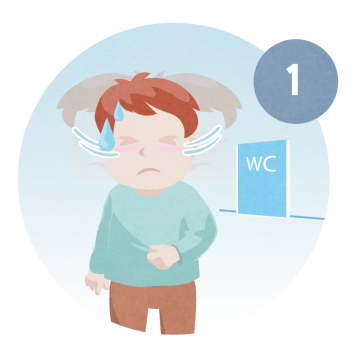
Child refuses to go to the toilet.
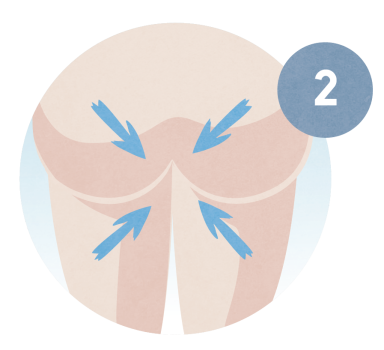
Buttock muscles are squeezed tightly to hold back the stools.
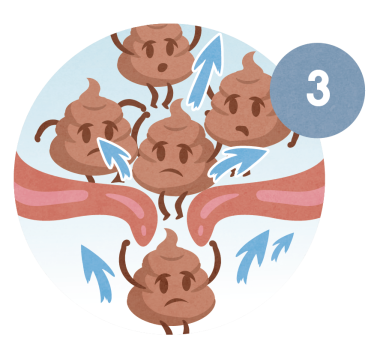
Stool is pushed up into the rectum valve.
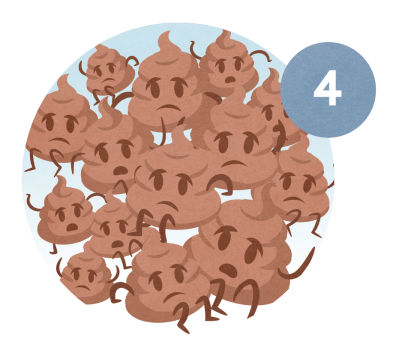
Stools accumulate, harden and constipation occurs.
Other causes of constipation
Children can get constipated for a variety of reasons. It’s literally quite hard (pun unintended) to pin down just one cause. Here are some possibilities:
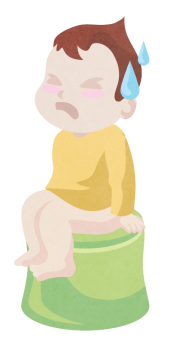
Not ready for toilet training or unable to control bowel movements.1
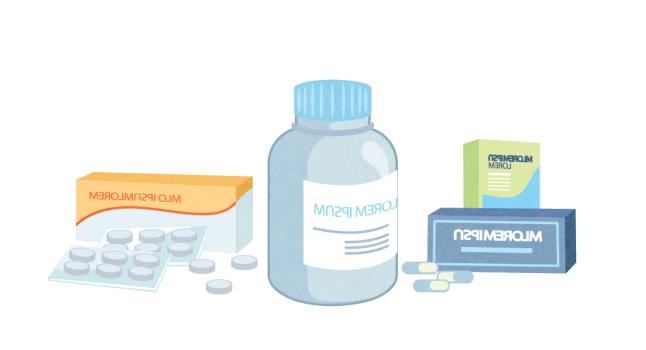
Taking medication such as cough mixture and diarrhea medicine that can cause dry stools.1
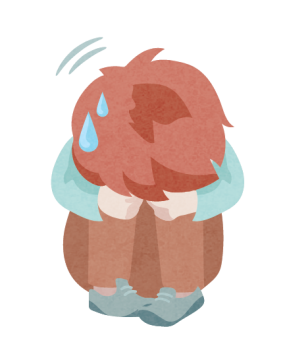
Feeling emotionally stressed by changes in the family environment1,2, such as having a newborn sibling.
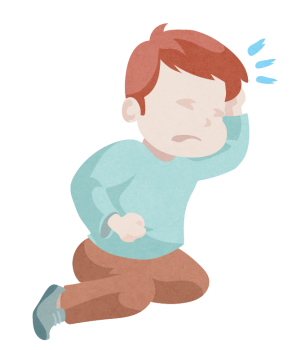
Having a disorder that’s related to the colon, rectum or other bodily functions.1
How to relieve your child’s constipation
The good news is, most children with constipation can find relief easily. For instance, feed them fibre-rich foods such as fruit and vegetables and make them drink more water to relieve their constipation. Alternatively, you can consider supplementing your child’s diet with milk powder that supports digestion.
Another way is by encouraging your child to adopt good toilet habits that can help ease the pooping experience. This includes:
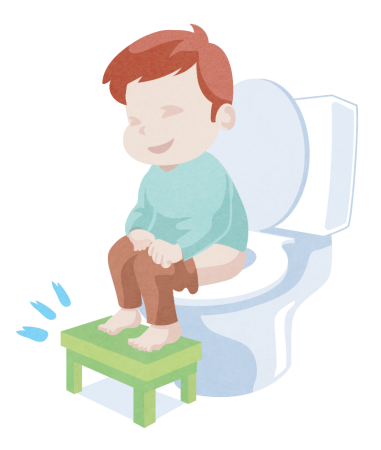
Adopting a comfortable posture for their legs and feet while sitting on the toilet bowl2
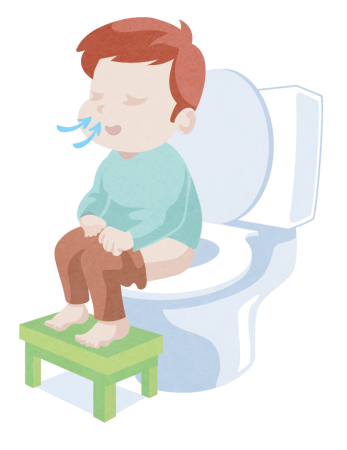
Taking a deep breath and holding it while straining to poop4
When to see a doctor
Your child could be experiencing constipation due to any of the above reasons. The remedy could be as simple as feeding your kid more fruit and vegetables or introducing toilet habits like adopting a comfortable posture. However, it is important to visit your paediatrician for advice if your child has any of these symptoms:
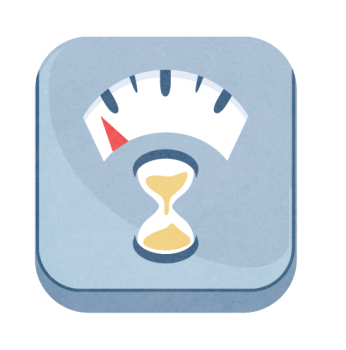
Weight loss3
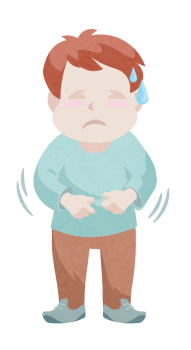
Finds it difficult to eat1
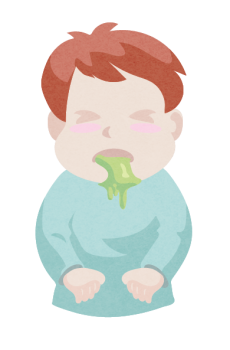
Vomits frequently3
References:
- Constipation in children
- Toddler Constipation
- Symptoms & Causes of Constipation in Children
- Teaching constipated children to “push” using games and toys
- Heaton, K W & Lewis, S J 1997, 'Stool form scale as a useful guide to intestinal transit time'. Scandinavian Journal of Gastroenterology, vol.32, no.9, pp.920 - 924




